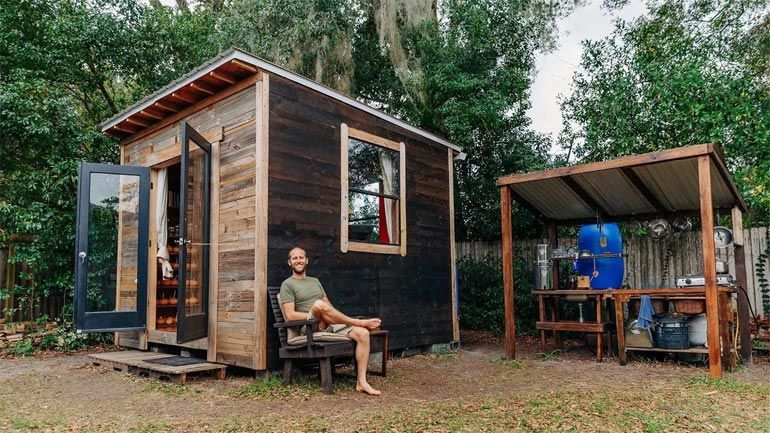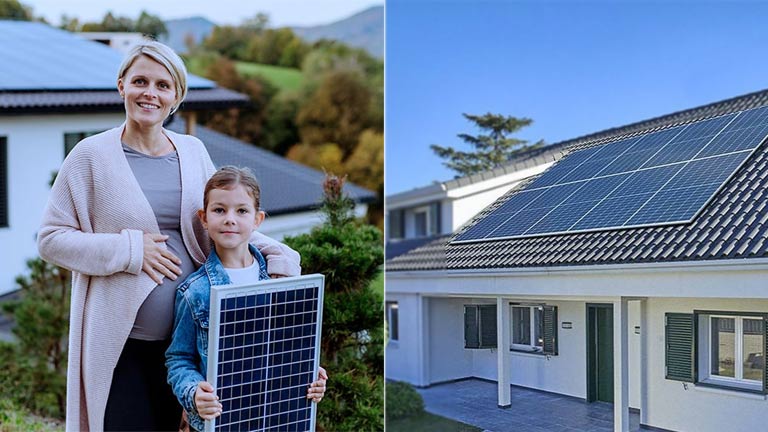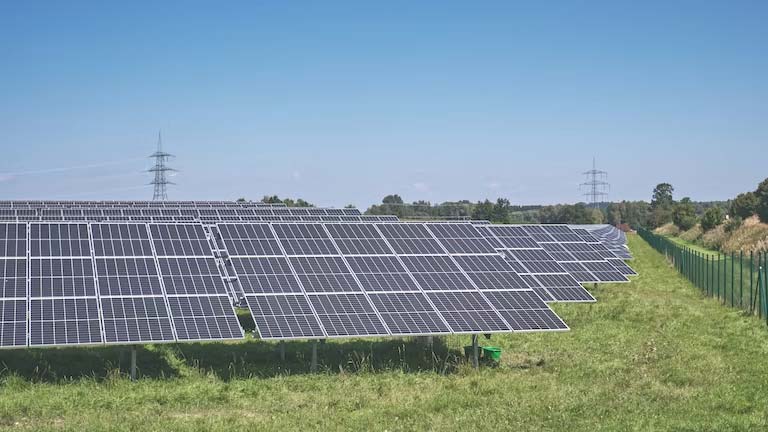 Before construction ever gets underway on a solar energy project, there is a lot of planning and associated tasks required to make sure the project is truly viable. It would be a very costly setback for a solar energy developer if key design items and milestones were not met which could cause issues later on. To ensure that this never becomes the case, solar energy developers need to make sure to check off on several requirements.
Before construction ever gets underway on a solar energy project, there is a lot of planning and associated tasks required to make sure the project is truly viable. It would be a very costly setback for a solar energy developer if key design items and milestones were not met which could cause issues later on. To ensure that this never becomes the case, solar energy developers need to make sure to check off on several requirements.
One extremely crucial part of the planning stage is finding the ideal location. As part of the process of narrowing down a site for selection, developers may consider a wide array of different factors that could have an effect on the outcome of their project. Some of the various important components include the state of the land itself, topography, solar irradiance, the goals of the Regional Transmission Organization (RTO) and utility, and access to transmission lines.
Finding the Ideal Greenfield Site
Because the success of a solar energy project can rest so critically on key factors of the location site, finding a site that’s just right couldn’t be more important. If one or two criteria are not met, then it could mean disaster for a project’s development. So, solar energy developers must consider each and every one of the key factors of an ideal site, from the size of the available land, the amount of sunlight expected in the area, to a utilities renewable portfolio standard (RPS).
Land-size matters
Compared to community solar or even rooftop solar, utility-scale solar development is usually quite a bit larger as they are providing enough energy to power several thousand homes. Providing that much energy into the electrical grid, the amount of land needed to develop a utility-scale solar project must be great. This is why finding enough acres of land, either contiguous or close-by with right-of-way access is important in the development process.
Topographical and Similar Considerations
Besides the actual amount of land available, there are many more aspects that can play a role in a site’s classification as ideal or not. Some of the potential concerns that developers will want to look out for, as they consider whether a certain piece of land will work, are things like sedimentary rock, wetlands, private or public lands, and tree coverage. The reasons for looking into each one of these areas is the same: you don’t want them to turn out to be a problem that interferes with the successful completion of project development. Setting up on a private or public plot of land will obviously come with certain restrictions. At the same time, dealing with a site situated in a floodplain, wetlands, or similarly too close to a body of water can make it difficult to put piles into the ground. A steep topographical slope is an issue that could certainly set a solar project back as well. And a high amount of tree coverage could make the area shadier and thus be more costly to remove.
Amount of Solar Irradiance
Just as too many trees on the site could block much of a project’s potential sunlight, there are many other factors that can affect the amount of sun that a site gets. Since the entire purpose of a utility-scale solar site is to put the light of the sun to use, having plenty of this solar resource in the location is of particular importance. A developer will want to research their potential site selection to determine the amount of solar irradiance they can expect to receive at this particular location.
One way to check if a chosen site will have plenty of solar irradiance for your solar panels is to look at the historical data on a location. By seeing what the typical levels of solar radiation have been at a site in the past, a project developer may get an idea of what conditions will be like going forward. Ultimately checking this data can help determine if a site has higher levels of solar irradiance that are ideal.
Influence of RTO
Choosing a site in a particular RTO may also have some impact on how favorable the project will be to power purchasers or project owners. “The RTO is an electric power transmission system operator that coordinates, controls, and monitors a multi-state electrical grid. [1]” One way that their control impacts solar project development is in how they manage access to transmission lines to sellers and purchasers of electricity and are authorized to administer wholesale markets for the sale of electric energy. [2]
Getting into an RTO transmission queue that is supportive of renewable energy and has a less transmission congestion queue is a major factor to consider when siting a project.
In addition, the RTO that a project is in will also matter to utilities and corporate and industrial customers. When developing a solar energy project, you want customers to buy your energy to either sell to their consumers, like utilities or supply the energy demands of the company itself. If your location doesn’t align with where the customers’ energy needs are, then the development of the solar project may be more difficult to accomplish.
Access to Transmission Lines
More difficulties will arise if your location does not present you with access to all that’s needed for interconnection. One of the most essential things for any solar project is being able to get the generated energy to the utility and to customers, and transmission lines are needed to make this happen.
If transmission lines are not easily accessible, a site may naturally be considered unfavorable. Ideally, a site of a future solar project will have access to transmission interconnection and little to no congestion in the interconnection queue. This, as with all the other factors mentioned, will make a site much more ideal for use in a solar energy project.
Smarter Ways To Find the Ideal Sites
Every solar project developer must consider these key factors of site selection. Doing so can require a very in-depth consideration process in order to find the most ideal sites. Unfortunately, this can then also mean a lot of valuable time and money spent on the task.
Some solar developers, however, are tackling the site selection process in smarter ways. Technology can allow it to go by quicker and be conducted much more efficiently. One example of the use of technology in this way is with Smart Power Maps (SPM), a geospatial and transmission software, of one highly-innovative solar project developer.
Smart Power Maps is the proprietary technology of 7X Energy (7X) that was developed in 2015. The software allows them to screen potential sites utilizing 100+ geospatial layers, many of which can only be found on SPM. Using the data, the company can craft customizable forecasts of profitability and production for potential projects, identify greenfield sites based on solar resource, proximity to transmission infrastructure, and topography. Putting technology to use, 7X prevents costly delays and setbacks in solar project development and finds a smarter, innovative way to site projects.
The Ideal Greenfield Site
In the end, a lot of the success of a solar project rests on the location that is chosen based on the many key factors mentioned. 7X’s Solar Power Maps allows them to easily find a greenfield site and accelerate and optimize the site selection and development process. This is the ultimate goal of siting a solar energy project. If you accomplish this, you’ll develop a truly viable solar project for your customers.




